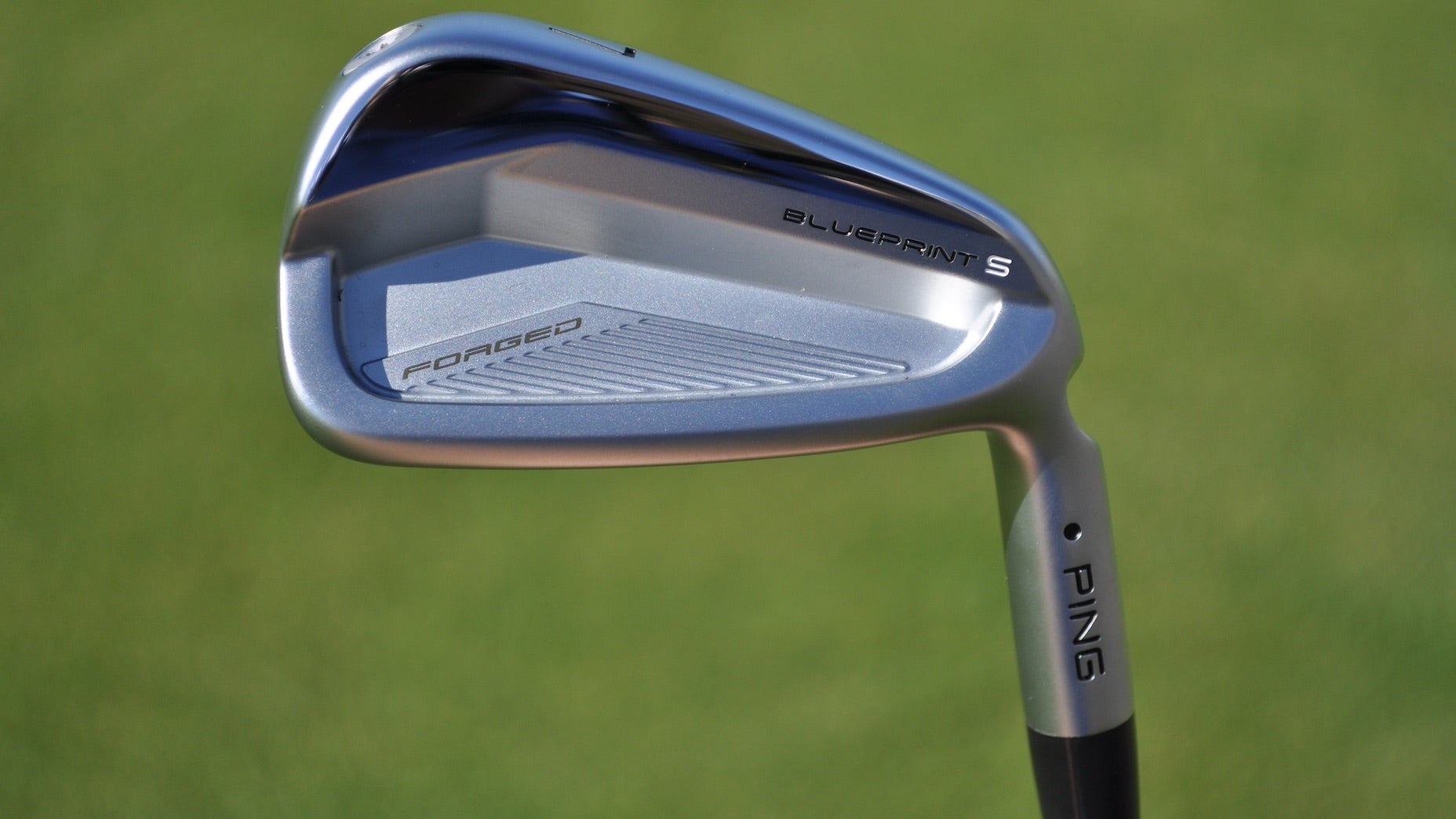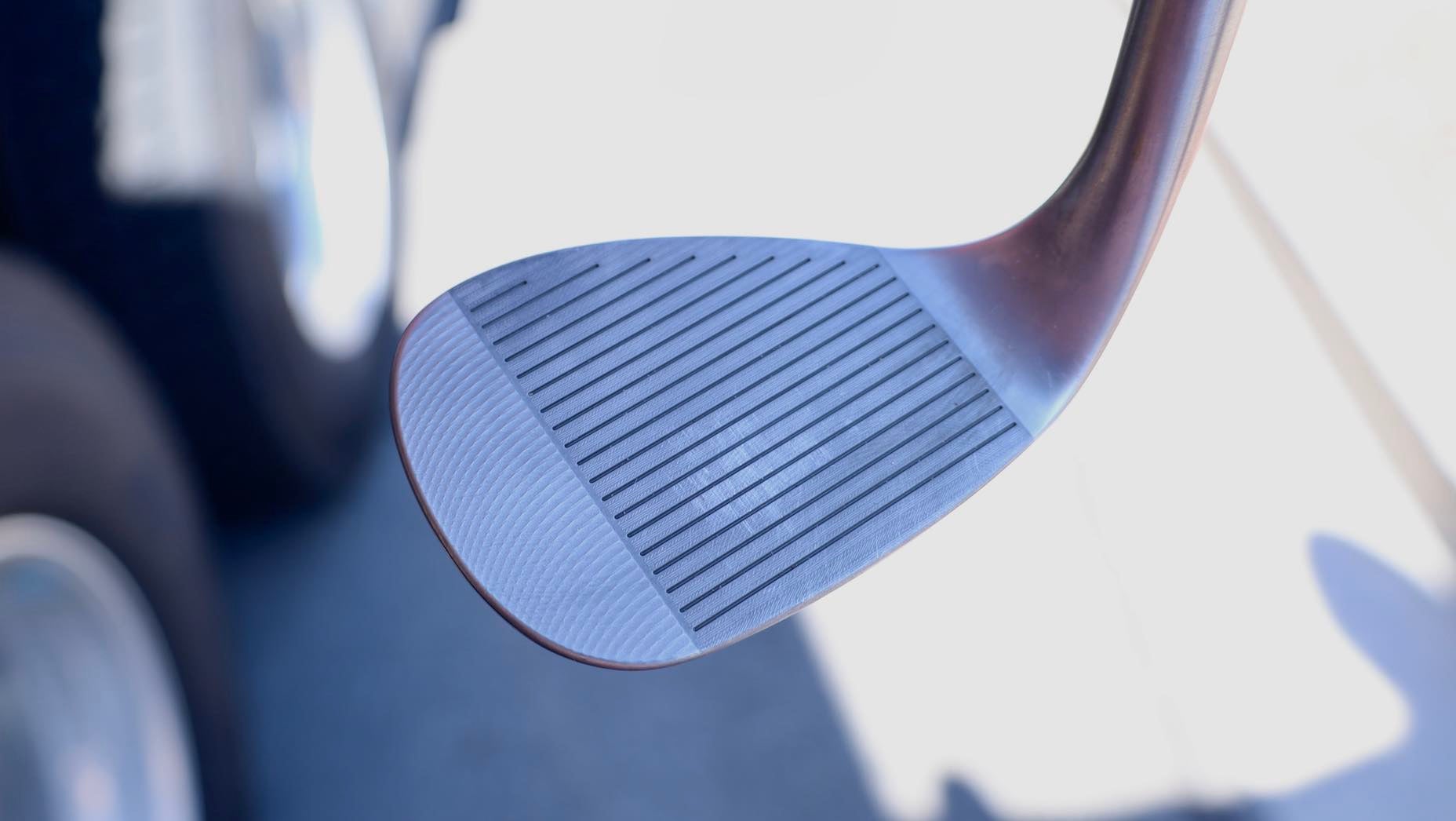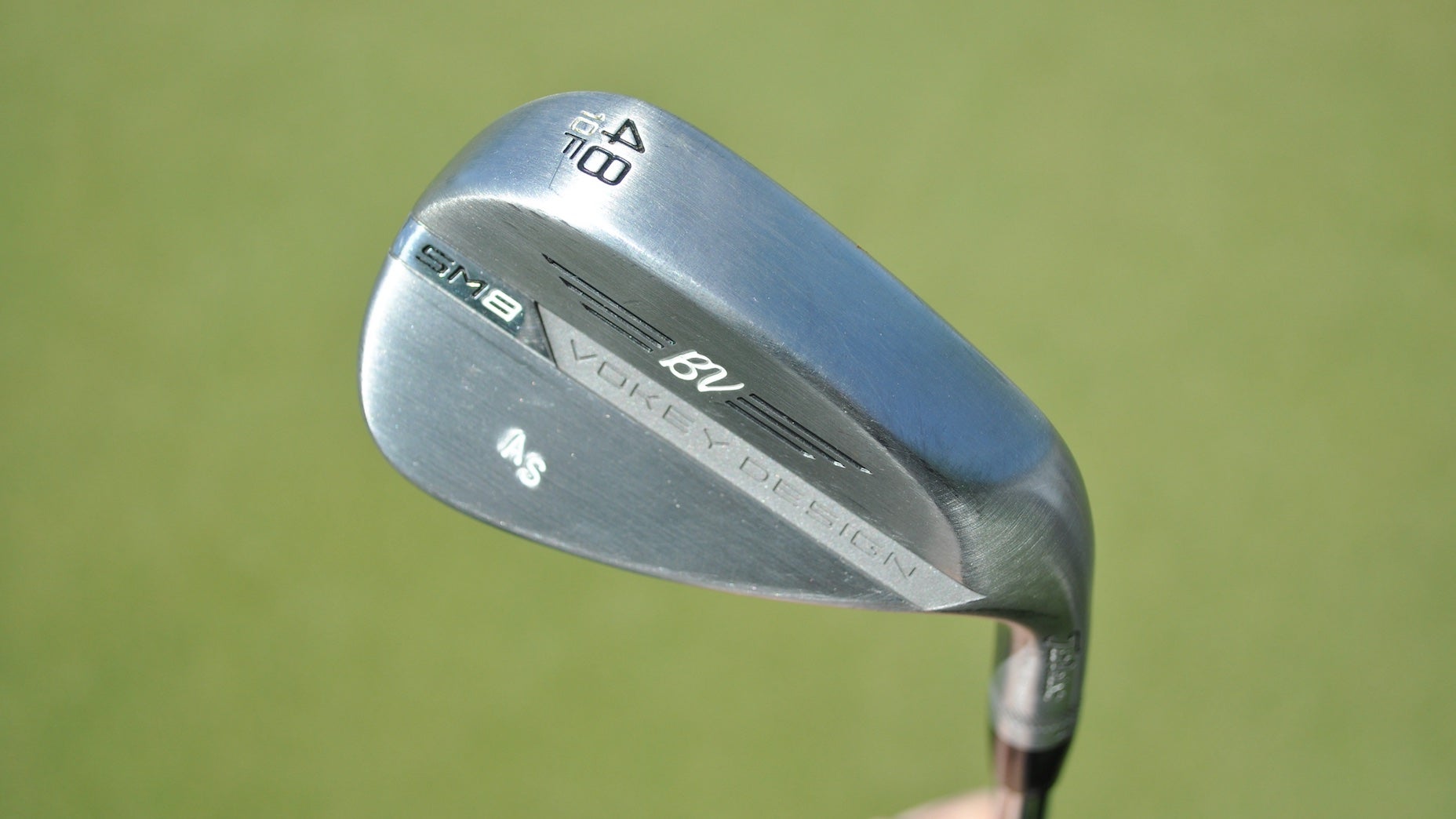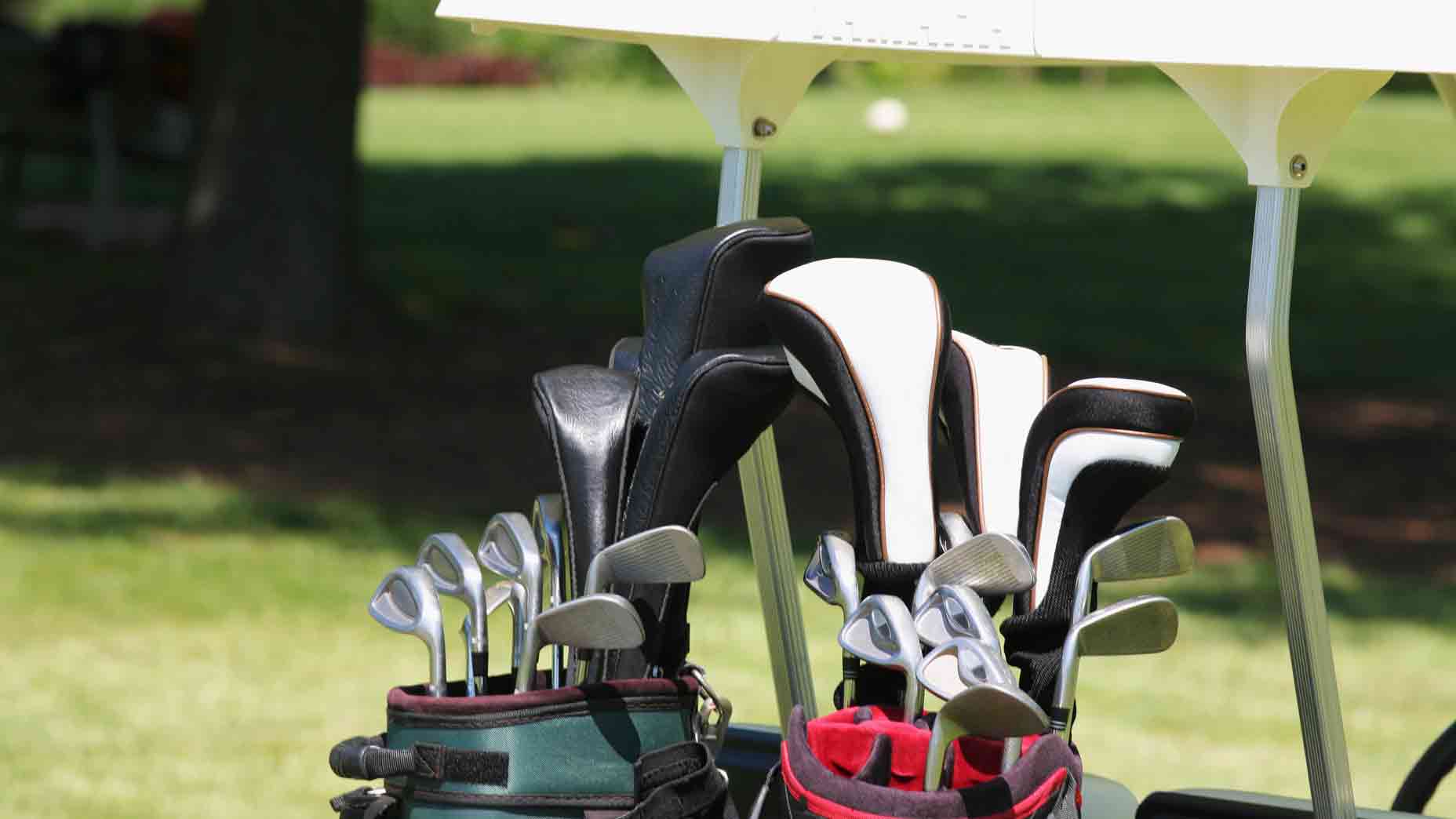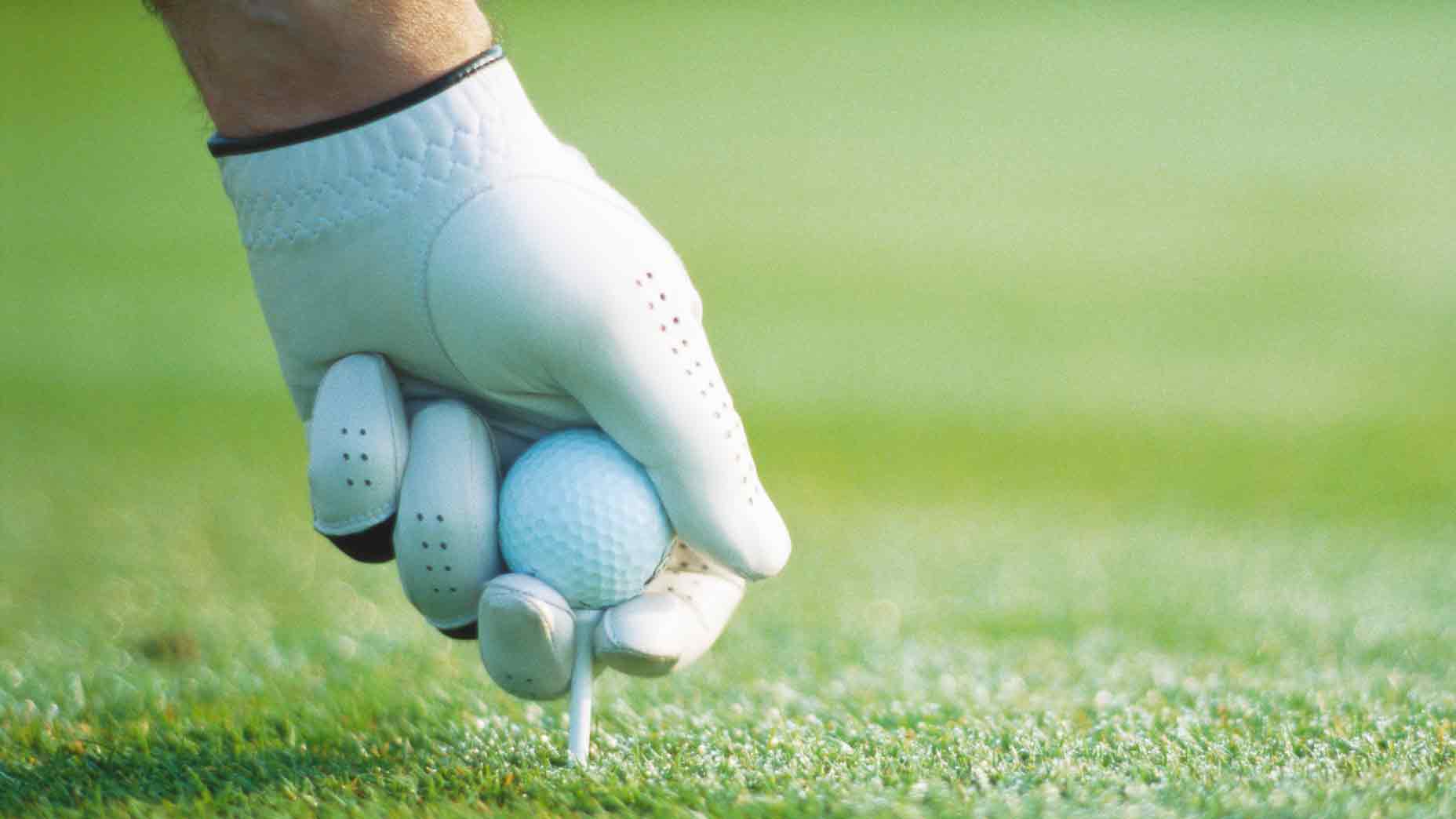Welcome to another edition of the Fully Equipped Mailbag, sponsored by Cleveland/Srixon Golf, an interactive GOLF.com series in which we field your hard-hitting gear questions.
I just read about that college player who stepped on a tee and impaled his foot. Any other dangers I need to look out for when I play? Stephanie N., California
Yeah, we saw it too. When an Oregon golfer stepped on a tee last week during the NCAA Championships, only to have it penetrate through his shoe and into his foot, we also began contemplating the hidden dangers lurking around our golf bags.
While stepping on a tee may seem relatively safe (apparently it isn’t), we’ve jotted down a few equipment-related injuries that we’ve not only heard and seen but have also happened to some of us.
If you’re a bit squeamish, consider yourself warned.
Clubheads that snap off
This is a fairly common occurrence, and undoubtedly some of you have experienced it firsthand. When a clubhead breaks off a shaft, it can end up anywhere—hopefully not in your direction or anyone else’s. Because not only is a clubhead a projectile, but the broken shaft bits can also be extremely sharp, easily causing serious injuries.
Club breakage usually results from cracks or fractures caused by factors other than swinging the club. It could be due to hitting other clubs in the bag or encountering a sharp edge in the trunk or golf cart. This is not to say that you can’t break a club by swinging it—you certainly can—but it’s less likely that your swing is the root cause.
Broken shaft underneath the grip
This one is equally alarming because it’s impossible to foresee. Again, damage from a dropped bag, a bump in the car, or improper stowing in a jetliner’s baggage area can lead to fractures or breaks beneath the grip. In most cases, you won’t discover it until you swing the club and it literally breaks in your hands. The worst-case scenario that we’ve witnessed occurred when a steel shaft broke, cutting through the grip and then lacerating an unfortunate player’s hands. Multiple stitches were required.
Scuffs that scratch
Scuffs or gouges on an iron or wedge occasionally happen, especially when playing in the desert or on golf courses with sandy or rocky outcroppings on every hole. When it occurs, avoid attempting to dull out a sharp edge using a tee or towel, or any other item for that matter. It’s not worth a scraped finger or a cut palm. Save the club repair for when you can do it at home while wearing thick work gloves.
A bag that’s too heavy
There’s nothing admirable about carrying an excessively heavy golf bag. Those of you who do it for a “good workout” are deceiving yourselves. A typical golf bag weighs around 20-25 pounds, which, when carried using a double strap, should be a manageable weight for almost anyone in decent shape. However, carrying a 50-pound bag over one shoulder puts you at risk of seriously injuring your shoulder or back. The lone exception? You’re a professional caddie.
Sharp stuff in your bag
Tees (see above), divot repair tools, pencils, keys, bottle openers, pocket knives, you name it: reaching your hand into your golf bag in a hurry only to get stabbed by something sharp can ruin your whole day. Keep anything that has a sharp edge or point in a separate compartment in your bag and away from your golf balls.
Asics Gel Course Glide
Putter, meet ankle. Ankle, meet putter
If you’ve played long enough, you know what we mean. Whether walking backward or sideways or somehow moving without paying attention, invariably you’ll discover what it feels like to have your putter (or any club, really) smack you right in the ankle. And yes, it hurts.
Wearing shoes with no traction
We’ve witnessed people falling flat on their backs after swinging a club while wearing shoes with no traction. While it may have seemed amusing at the time, the risk of injury is anything but. Falling, slipping, or sliding—none of these actions end well on the golf course. Always wear shoes that provide sufficient traction and stability in both wet and dry conditions.
Hot torches and toxic fumes
Some of us like to tinker and build custom gear (we’re looking at you @rdsbarath), and doing so usually requires not only the right tools and knowledge, but also a hot torch plus a mix of some very potent adhesives and paints. If you’re a player who loves to work on your clubs, for the sake of your eyes, nose, throat, and skin, always wear the necessary protection anytime fire and chemicals are involved.
Being in the wrong place at the wrong time
Lastly, being in the wrong place at the wrong time on a golf course can lead to serious injury, whether from someone swinging a club, driving a cart, or from an errant golf shot soaring through the air. Dangers loom on the golf course, so always be present and aware of where you’re standing. The last thing anyone needs is a golf ball-sized welt on the back of their head.
Want to overhaul your bag for 2023? Find a fitting location near you at True Spec Golf. For more on the latest gear news and information, check out our latest Fully Equipped podcast below!



